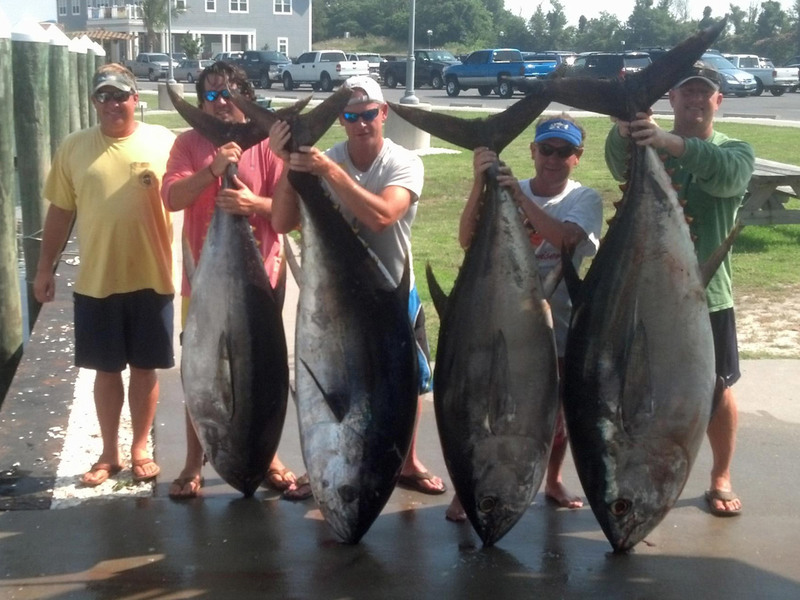Surf holds loads of croaker, kings, spot

Fishing remains very good in the Delaware Bay. Croaker, blowfish, trout, spot and kings have all been caught from shore and from boats. Sheepshead and triggerfish were taken along with limits of tog from the Outer Wall and the Ice Breakers. Flounder catches are not where they should be, but keepers have come from the Lewes and Rehoboth Canal, the Ferry Jetty and various reef sites.
The Cape Henlopen Fishing Pier has been a hot spot for croaker, spot and kings with a few trout and flounder taken as well.
This is one of the best locations for a family fishing trip as there are restrooms nearby and the tackle shop has all you will need for a good day on the water. High tides have been the most productive with late afternoon or early morning the most comfortable times to fish when the weather is hot.
Small boat and kayak anglers will find plenty of action in the Broadkill River and the Lewes and Rehoboth Canal. Both areas are loaded with croaker and spot that will pounce on a small jig baited with Gulp!. Use the lightest tackle you own and have a lot of fun.
Indian River Inlet is giving up sheepshead, triggerfish and tog on sand fleas. All three species live in the rocks, and drifting the bait right in the structure is very effective.
The surf holds loads of croaker, kings and spot. Bloodworms, Gulp! or Fishbites on small hooks will bring you plenty of action.
Flounder continue to come from the ocean reef sites and the rough bottom of the Old Grounds between B and A buoys. Strips of squid or fresh fish on a jighead or bucktail have been the most productive lures while a Delaware Bay Green Machine baited with live spot, fish strips or squid will also produce keepers.
We are beginning to see more dolphin and bluefish caught along the 20-Fathom Line by anglers trolling lures or bait. This fishery never developed last year, and it is good to see it back.
Big bluefin tuna have been caught from Massey’s Canyon to the Hot Dog with a few dolphin and yellowfins taken from the same area. Trolling is still the most popular technique with chumming and jigging beginning to be more effective.
Bigeye tuna have lit up the canyons. These fish run from 150 to well over 300 pounds and will make grown men cry. Back in the days of my misspent youth I cranked in two 150-pounders that hit at the same time. Should I be foolish enough to try that today, a rescue helicopter would be involved.
The Fish Whistle out of Indian River pulled off a four bigeye catch last week. This boat always seems to be where the fish are.
Billfish are still not at the level we would expect, while yellowfin tuna are in fair supply. Big wahoo were caught last week along with dolphin ranging from bailers to gaffers.
Jigging for flounder
Most flounder pounders use a top-bottom rig or a single-hook rig like the Delaware Bay Green Machine. These will catch flounder and have done so for generations of anglers.
In recent years, I have been using jigs as they are effective when fishing hard structure such as found on reef sites. Drag a sinker over the mess on the bottom at the reef sites and you will soon be on your way to the tackle shop for more lead. Learn to use a jig and you will still lose tackle, but not nearly as much as you would with a more conventional rig.
I employ bucktails or hairless jigs in the three- to six-ounce size depending on the depth of the water or strength of the current. Under ideal conditions, a bucktail will find bottom quickly and should be worked as close to 90 degrees to the water surface as possible. Use the rod tip to work the jig as it passes over the structure. Pay very close attention to what the line is telling you, and at the first sign of structure move the jig up very quickly. If you put the rod in a holder, you will donate your jig to the reef site.
When the current is strong, a hairless jig will have less resistance and work better than a regular bucktail. If the current is so strong that even this type of jig can’t find bottom, it is time to break out the heavy sinkers or head for home.
Bait the jig with any of a number of attractions. A strip of squid or fresh fish is always good. I have had success with Gulp! six-inch swimming mullets or bait tails.
Inside the Inland Bays or the tidal rivers, a smaller bucktail or a Speck Rig will do the job. Add live minnows to the list of baits for the lighter jigs.






















































